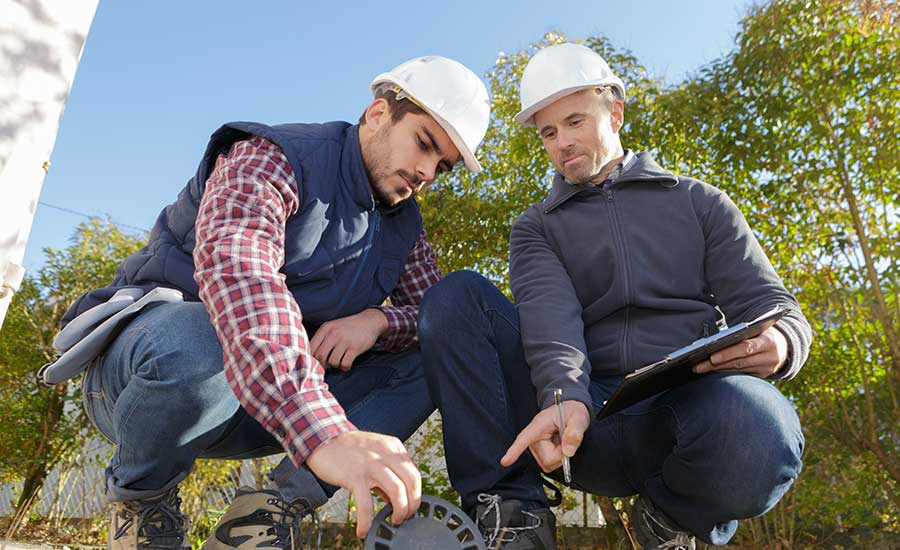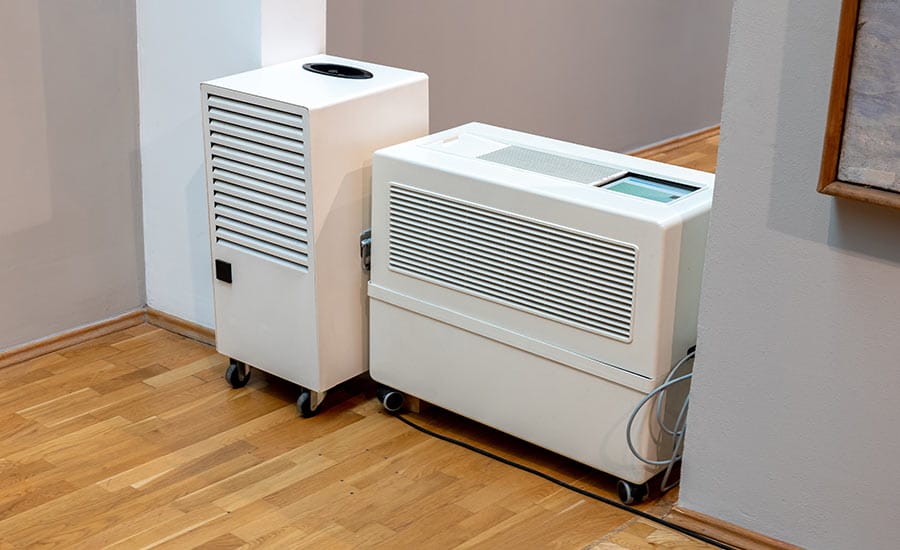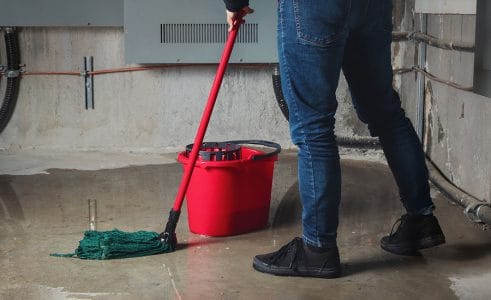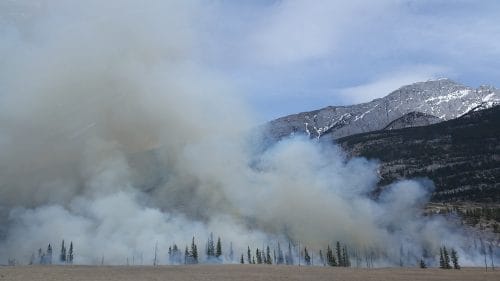Sewage Damage Cleanup: Emergency Services, Restoration, and Backup Solutions
Sewage damage is more than an inconvenience — it’s a serious hazard to your property, health, and peace of mind.
Every year, thousands of homes and businesses experience sewage backups caused by aging infrastructure, severe weather, or clogged pipes.
Without immediate action, the consequences can escalate, leading to costly repairs, structural damage, and health risks from harmful bacteria and contaminants.
In this guide, you’ll learn everything you need to know about sewage damage cleanup — from emergency response to restoration and long-term backup prevention.
What Is Sewage Damage Cleanup?
Sewage damage cleanup refers to the process of removing, sanitizing, and restoring areas affected by sewage backups, overflows, or leaks.
This specialized cleanup goes beyond standard water damage restoration, addressing the contamination risks posed by sewage, which contains harmful pathogens, bacteria, and chemical pollutants.
Steps Involved in Professional Sewage Damage Cleanup
When sewage damage strikes, a systematic approach is important for a thorough cleanup, minimizing health risks, and restoring your property to its original condition.
Professional sewage cleanup services follow these steps:
1. Assessing the Extent of the Damage
The first step in sewage damage cleanup is a comprehensive assessment.
Trained professionals inspect the affected area to determine:
- The severity of the contamination (e.g., black water exposure)
- The scope of damage to structures, flooring, and furnishings
- Safety hazards such as electrical risks or compromised structural integrity
2. Removing Contaminated Water and Materials
Quick removal of sewage water is important to prevent further damage and health risks.
Professionals use specialized equipment, such as:
- Industrial-grade pumps and vacuums to extract contaminated water
- Protective measures to safely remove and dispose of affected materials, including carpets, drywall, and personal belongings that cannot be salvaged
- Proper disposal of hazardous waste complies with local regulations, ensuring environmental safety
3. Sanitization and Deodorization
Sewage water leaves behind harmful pathogens and unpleasant odors.
To address these issues, experts:
- Use EPA-approved cleaning agents to eliminate bacteria, viruses, and other microorganisms
- Apply antimicrobial treatments to prevent mold growth and secondary contamination
- Employ advanced deodorization techniques, such as ozone generators or thermal fogging, to neutralize odors at their source
4. Drying and Restoring the Affected Area
Once sanitized, the focus shifts to thoroughly drying and restoring the property.
This involves:
- Deploying high-powered air movers and dehumidifiers to extract moisture from walls, floors, and hidden spaces
- Repairing or replacing damaged materials, such as drywall, flooring, or cabinetry, to restore structural integrity
Drying is carefully monitored to meet industry standards, reducing the risk of future issues like mold damage.
5. Final Inspection and Follow-Up Maintenance
Before declaring the job complete, professionals conduct a final walkthrough and inspection.
This step is important because it checks that:
- All contaminated materials are removed, and the area is fully sanitized
- Moisture levels are within acceptable ranges
- Repairs meet quality standards

Emergency Sewage Cleanup: What To Do First and What To Avoid
When faced with a sewage backup, taking immediate and careful action can protect your property and your health.
Follow these steps to navigate the situation safely:
Assess the Situation: Is It Safe To Stay?
Priority number one is to check the safety of everyone in the affected area. Sewage water poses serious health risks and can compromise structural integrity.
If the damage is extensive or the contamination severe:
- Evacuate the area immediately
- Contact professionals to assess and address the situation
If the backup is localized and manageable, limit exposure while determining the best course of action.
Turn Off Water and Electricity Immediately
Sewage water can quickly spread, worsening damage and increasing hazards like electrical shocks.
As a precaution:
- Shut off the main water supply to prevent additional flood damage
- Turn off electricity in the affected area, but only if it can be done safely
Avoid entering standing water if electrical outlets, cords, or appliances are submerged.
Use Protective Gear Before Entering Affected Areas
Before entering any area exposed to sewage, equip yourself with appropriate protective gear:
- Wear waterproof boots, gloves, and a mask to minimize contact with harmful contaminants
- Avoid touching your face or eating during cleanup efforts
Proper protection reduces the risk of infection and exposure to hazardous bacteria.
Avoid Direct Contact With Contaminated Water
Sewage water, also known as “black water,” contains harmful pathogens that can cause severe illnesses. Avoid direct skin contact by:
- Keeping children and pets away from the affected area
- Using barriers, like tarps or plastic sheeting, to limit contamination spread
Never handle sewage without adequate protection and training.
Don’t Attempt To Clean Without Proper Equipment
DIY cleanup can be dangerous without professional-grade equipment and expertise. Avoid using household tools like mops or shop vacuums, as they:
- Spread contaminants instead of removing them
- Risk cross-contamination to other areas of your property
Avoid Using Electrical Appliances in the Affected Area
Using electrical appliances near sewage water can result in serious injuries or fires.
Do not:
- Plug in or operate devices in the affected area
- Attempt to dry surfaces with fans, heaters, or dehumidifiers unless professionals confirm it’s safe to do so

Sewer Backup Restoration: Returning Your Property To Normal
Experiencing a sewer backup can be overwhelming, but professional restoration services are designed to address the damage and restore your property efficiently and safely.
Here’s how experts provide a recovery process, minimizing disruption and bringing your space back to its pre-damage condition.
Emergency Containment and Damage Mitigation
When faced with sewage backup, immediate action is essential to prevent further contamination and property damage.
According to industry experts, the longer sewage water remains in place, the higher the risk of irreversible harm to building materials, making early intervention critical.
The first step in professional restoration involves containing the affected area to stop the spread of hazardous sewage.
Trained technicians use barriers and specialized equipment to isolate the impacted zone, ensuring that contamination doesn’t seep into unaffected parts of your property.
Thorough Cleaning and Sanitization
Sewage backups introduce dangerous pathogens, including bacteria, viruses, and parasites, into your environment. To provide a safe and habitable space, experts undertake a meticulous cleaning and sanitization process.
Once the area is cleared, technicians apply EPA-approved antimicrobial treatments to eliminate harmful microorganisms and prevent mold growth.
Advanced deodorization techniques, like thermal fogging or ozone treatments, are then used to neutralize lingering odors.
Structural Repairs and Restoration
After thorough cleaning and sanitization, the focus shifts to rebuilding and restoring your property.
Technicians assess the damage to walls, floors, and other structural elements, identifying areas that need repair or replacement.
For example, drywall that has been saturated with sewage water often needs to be replaced entirely to prevent mold and structural weakening. Floors, depending on the material, may also require repairs or complete reconstruction.
For items with significant sentimental or financial value, such as heirloom furniture or electronics, restoration teams employ specialized techniques.
Protect Your Home With BELFOR Sewage Damage Cleanup Services
At BELFOR, we understand the urgency and challenges of sewage damage. Our professional services are designed to restore your home safely, efficiently, and with minimal disruption to your daily life.
We combine decades of expertise, industry-leading technology, and a compassionate approach to make sewage damage cleanup straightforward and stress-free. With BELFOR, you can count on:
- 24/7 emergency response: Our teams are ready to act quickly, day or night, to minimize damage and provide safety.
- Comprehensive cleanup solutions: From contaminated water removal to complete sanitization and deodorization, we handle every aspect of the process.
- Expert technicians: Our trained professionals use advanced tools and techniques to restore your property to its pre-damage condition.
- Health and safety priority: We eliminate harmful pathogens and make sure your home is safe for your family.
- Insurance support: We assist with documenting the damage and working with your insurance provider to simplify the claims process.
- Preventive recommendations: We offer guidance on protecting your home from future sewage backups.
With BELFOR, you’re not just restoring your property — you’re restoring peace of mind. Contact us today to learn more about how we can help safeguard your home with our trusted sewage damage cleanup services. We’re here and ready to help!
Sewage Damage Cleanup FAQs
What should I do immediately after a sewage backup?
Turn off water and electricity, evacuate the area, and contact a professional sewage cleanup service right away to prevent further damage.
How long does sewage damage cleanup take?
Sewage cleanup typically takes 1 to 3 days, while full restoration, including drying and repairs, may take up to a week or more, depending on the damage.
Will my insurance cover sewage damage cleanup?
Insurance may cover sewage cleanup if your policy includes sewer backup coverage. Review your policy details or contact your provider to confirm.
Can I clean up minor sewage damage myself?
Cleaning sewage damage yourself is not recommended due to health risks. Always contact professionals to get thorough cleaning and decontamination.
What should I expect during the cleanup process?
Expect professionals to assess the damage, remove contaminated water and materials, sanitize and deodorize the area, dry the property, and conduct a final inspection to restore your home safely.
.jpg)


![Identifying Signs of Water Damage in Walls [Causes + Tips]](https://www.belfor.com/us/wp-content/uploads/sites/2/2024/12/signs-of-water-damage-in-walls-hero-image-491x300.jpg)